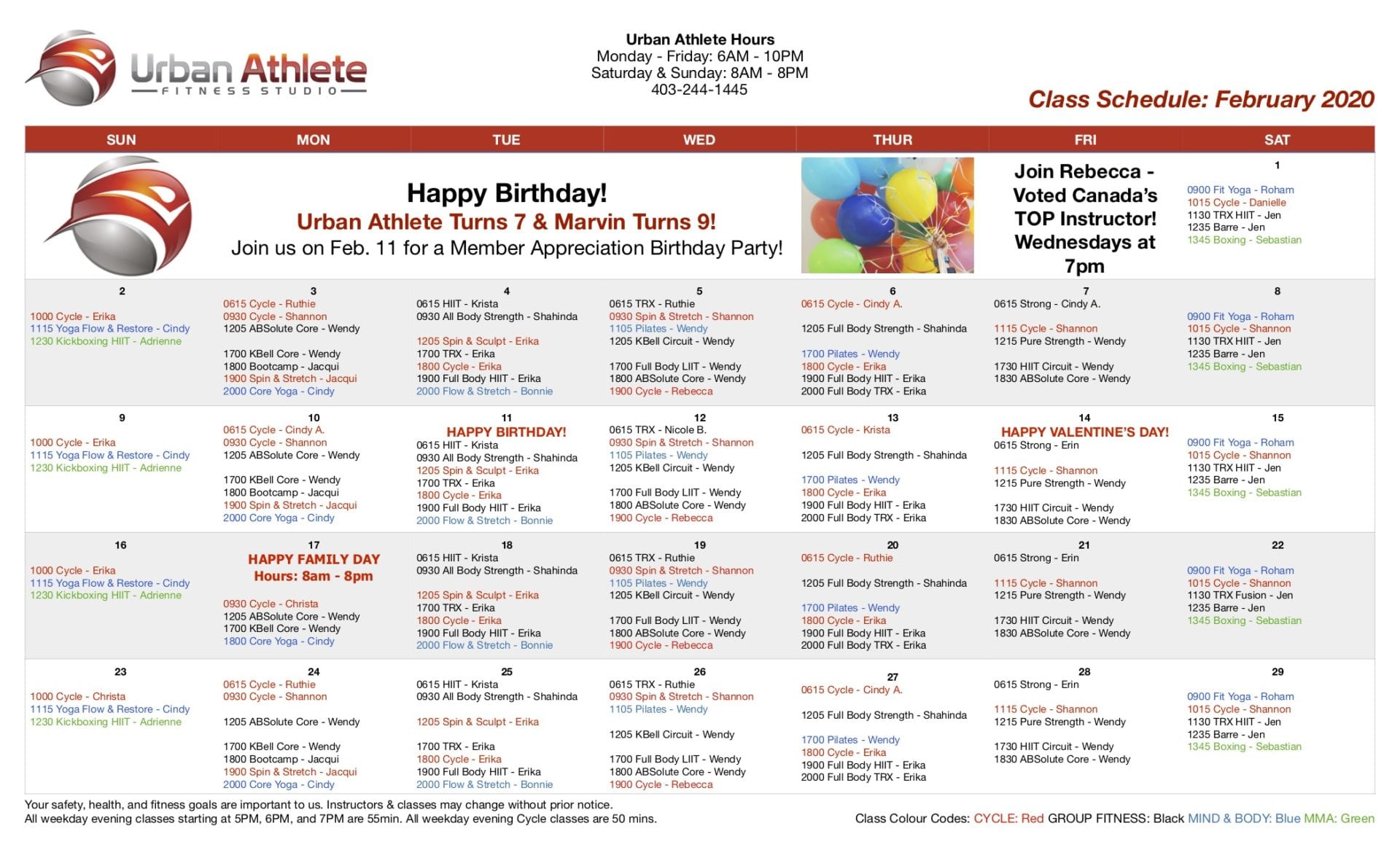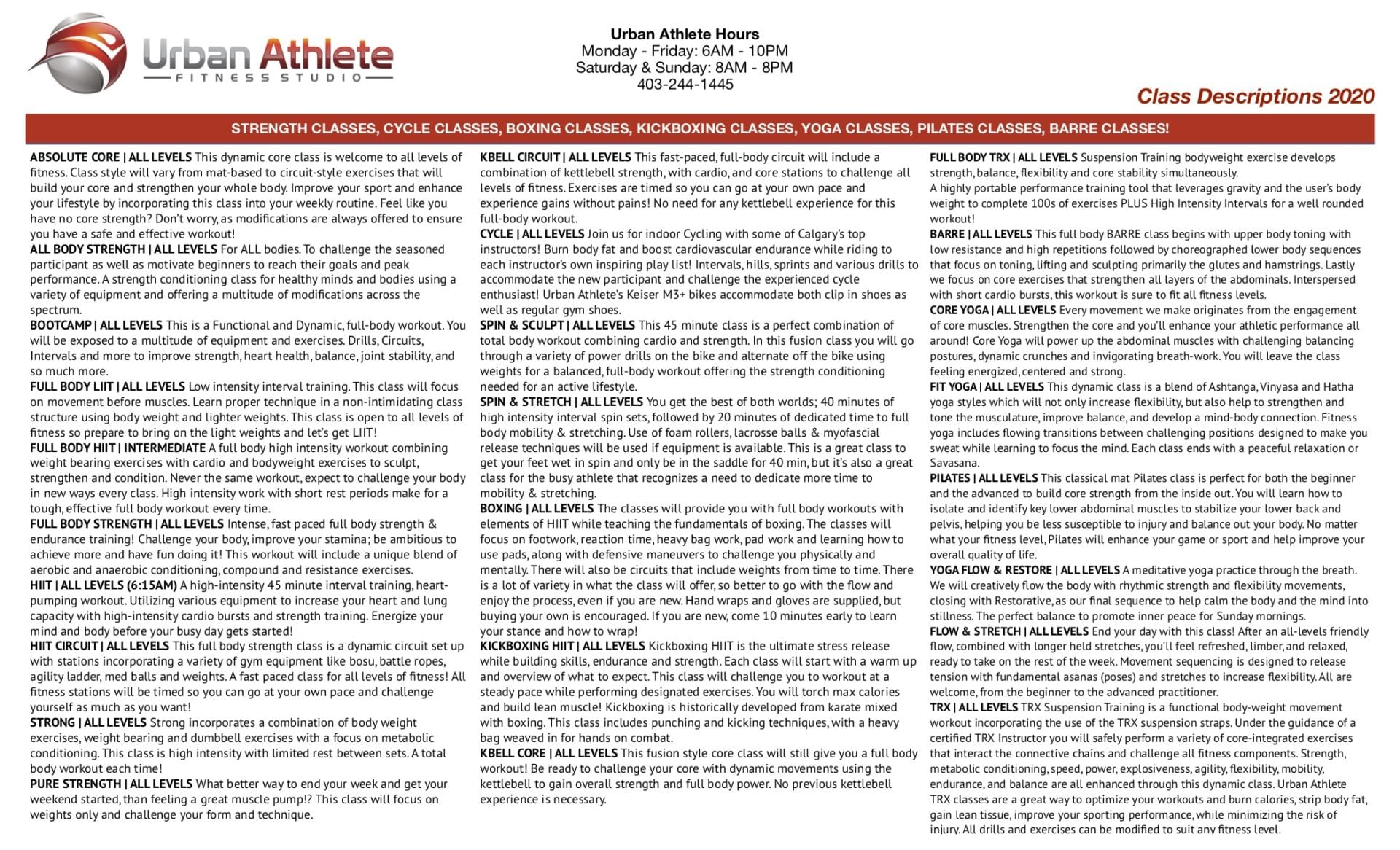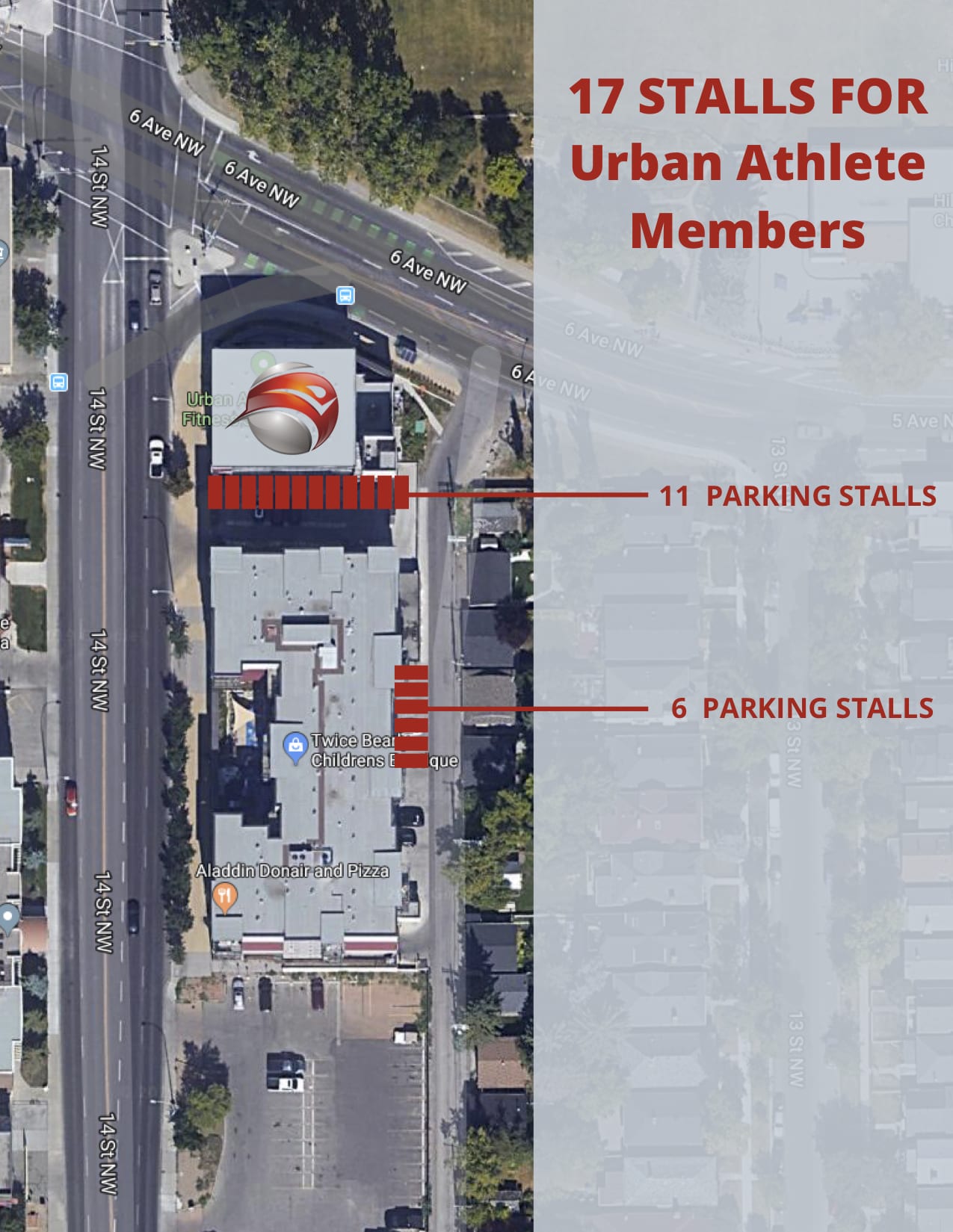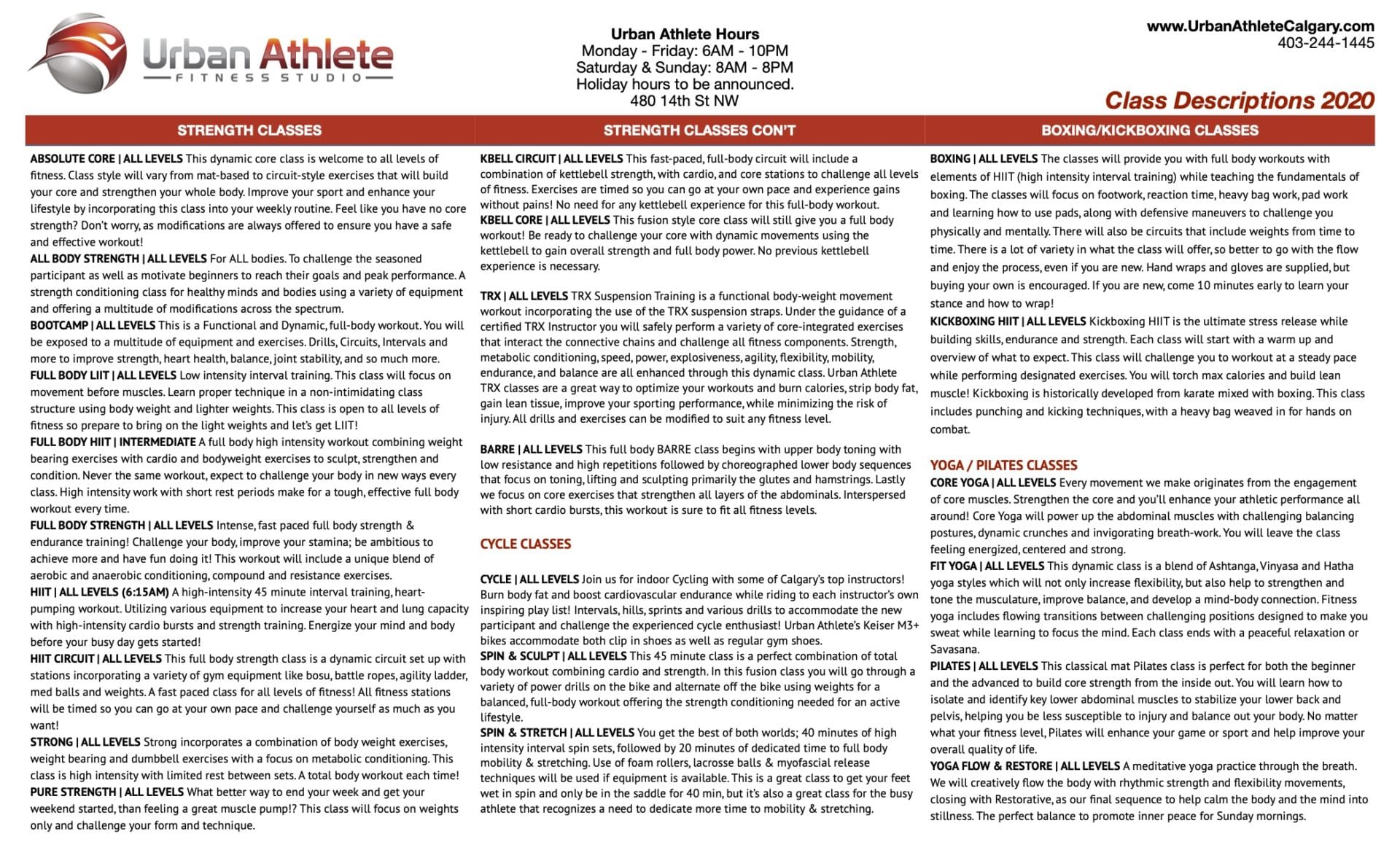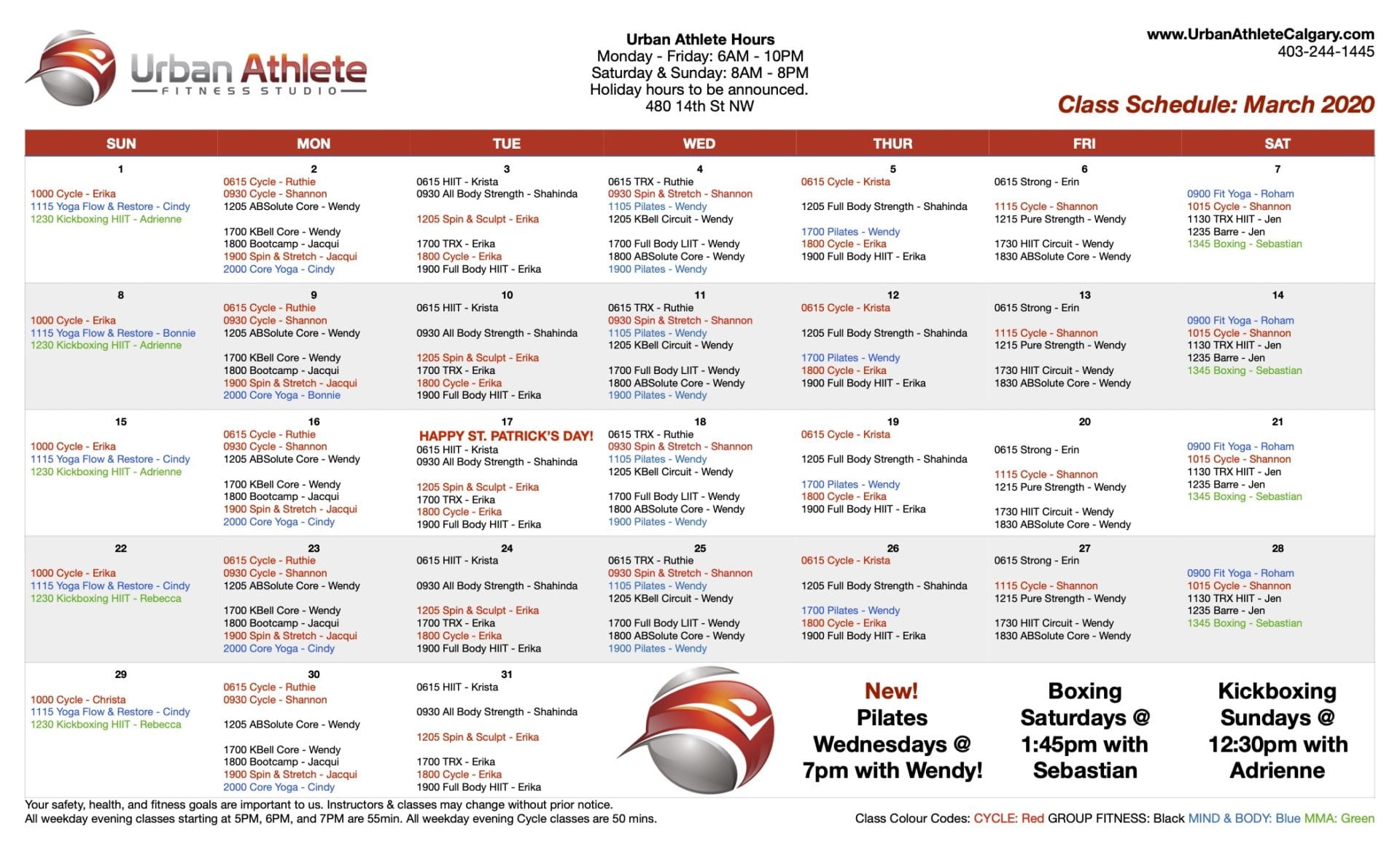Burn up to 9 times more fat in less time!
Let’s face it, most of us are busy. Really busy. We all want to use our time as effectively as possible and get the most from the efforts we put in.
What if I told you there was a way to dramatically increase the amount of body fat you burn with each cardio session, while dramatically decreasing the amount of time spent actually doing cardio? Would that be of interest?
Disclaimer: The type cardiovascular activity discussed herein is not for everyone. If you’re beginner or if you have a pre-existing medical condition, I would recommend against this type of cardiovascular training, at least until you’ve discussed and approved it with your physician. However if you’ve already established a base level of cardiovascular conditioning and don’t have a health risk associated with an elevated heart rate, you may want to give this a try.
Let’s start by looking at the aerobic and anaerobic energy systems to see why with cardio intervals, less is more.
You’ve probably heard the terms aerobic and anaerobic activity? Basically these are the body’s 2 phases of energy production that fuel different levels of physical exertion.
The Aerobic Phase
The aerobic phase is where the body operates when the intensity is low enough to support energy requirements through the burning of oxygen, along with sugars and body fat. (The word aerobic means ‘with oxygen’). In the aerobic phase, the ratio of fat to sugars burned is higher (a higher percentage of the total energy being expended is being derived from body fat reserves). This is why the traditional ‘30 – 45 minute bouts of lower intensity cardio’ has been considered a fat burning staple for decades. This format IS somewhat effective at expending some additional body fat calories and at adding a measure of improvement to the subject’s cardiovascular conditioning. It’s also a great place to start for beginners or for those with health issues that preclude them from operating in a higher heart rate zone. However, this type of cardiovascular training requires a large time commitment to yield any significant benefit.
Consider this: There are roughly 3,500 calories in 1 pound of body fat. Remember the calorie count at the end of your last 30 to 40 minute cardio session? What did it read? 300 calories? 350? Maybe 400? That’s a lot of time invested and a lot of work just to burn a tenth of one pound of body fat!
Now before you hit the treadmill’s emergency stop button in frustration, wait. There IS a way to dramatically increase the number of calories you burn and to do it in significantly LESS time!
Let’s talk about the other phase of energy production…
The Anaerobic Phase
The anaerobic phase is where our body operates when it can no longer match the energy requirements of a given activity aerobically or ‘with oxygen’. (The word anaerobic means ‘without oxygen’). When an activity moves the body into the anaerobic phase, an oxygen deficit is created due to the increased demands placed on the body. Larger amounts of glycogen (muscle energy) are expended and excess amounts of lactate are produced, which gives us the burning sensation we feel at higher levels of exertion.
While it’s true the ratio of fat to sugars burned is higher during aerobic training, the total amount of calories burned is far greater during anaerobic training. These calories have to come from somewhere, and if your nutrition does not include an overabundance of carbohydrates, sugars or calories this caloric deficit will be shored up from your fat reserves. And here’s the best part, this process will continue over the course of several hours. This is known as the afterburn effect or EPOC (Excess Post-exercise Oxygen Consumption) and is at the heart of cardio interval training’s success. Studies have shown that single 4 minute session of high / low interval training can elevate metabolic output / energy consumption for more than 24 hours!
There are many other great benefits to cardio interval training as well. In addition to saving you significant time, interval training improves insulin sensitivity, dramatically increases the release of growth hormone (a regenerative hormone that exerts a myriad of positive effects including increased fat metabolism, increased bone density, improved mood and cognitive function and stimulation of the immune system), and creates dramatic improvements to cardiovascular efficiency and VO2 Max.
The key to cardio interval training is the intensity. It’s this intensity that shifts us from the aerobic phase into an anaerobic one and creates the energy deficit that cranks up our fat metabolism for hours afterward.
How it works
When starting with cardio interval training, its best to start small and work your way up. Overdoing it can leave you feeling light headed and / or nauseous. Starting with a warm up and incorporating cool down phase as well is ideal.
Ultimately the high intensity portion should be performed at a near all out exertion level or as close as you can get to it. To start however, you may want to back off that a bit and simply push for a significantly higher level of exertion. Higher intensity can be created by increasing speed, increasing resistance or a combination of both. The lower intensity portion is done at a pace where you’re able to recover, such as a moderate walking tempo or cycling with little to no resistance on the flywheel.
Here’s an example of one easy to follow format using a stationary spin bike (one with a manual resistance dial):
- 3 – 5 minutes cardio at a lower to moderate intensity to warm up
- (3 to 5) one minute blocks alternating between high intensity bursts followed by a low intensity period to recover
- 3 minutes to cool down
The ratio of high intensity to low intensity within the 1 minute time blocks can be increased or decreased based on fitness level and tolerance for discomfort. This is how cardio intervals can be advanced or regressed in terms of difficulty. For example, you might try starting with the following:
Level 1 (beginner):
- 3 minutes cardio warm up
- (3) 1 minute intervals: 15 seconds high intensity followed by 45 seconds recovery pace
- 3 minutes cool down
From there, as you become more comfortable with this type of training and as your conditioning improves, the ratio between high and low phases can be altered. You may also wish to add additional intervals as well. For example:
Level 2 (intermediate):
- 3 minutes cardio warm up
- (4) 1 minute intervals: 25 seconds high intensity followed by 35 seconds recovery pace
- 3 minutes cool down
Level 3 (Advanced):
- 3 minutes cardio warm up
- (4 to 5) 1 minute intervals: 30 seconds high intensity followed by 30 seconds recovery pace.
- 3 minutes cool down.
Again, the key is intensity and before increasing the duration or number of intervals, be sure to increase your intensity to as close to maximum exertion as possible.
Now, cardio intervals do not have to be restricted to a stationary spin cycle. You can use treadmills, elliptical trainers or go outdoors and use a hill or stairs. Even anaerobic workout drills (such as burpies or plyo / jump lunges) can be used for the anaerobic / high intensity phase. You don’t have to stick with the 1 minute cycles either. You can use a variety of time blocks as long as you adhere to a period of high intensity followed by a recovery period.
How effective is it? A study I reviewed conducted at Quebec’s Laval University showed subcutaneous fat loss was nine times greater in individuals using high intensity cardiovascular interval training over endurance cardiovascular training! Nine times greater fat loss and with less overall time invested! Another article I reviewed recently stated that a single five minute cardio session cycling 30 second high intensity with 30 second low intensity bouts was estimated to burn more than 2x the number of calories of a 30 minute even paced, moderate intensity cardio session! (This of course was with the afterburn effect or EPOC factored in)
That’s five minutes of cardio intervals burning more calories than 60 minutes of low to moderate intensity cardio training!
And that’s just for body fat. The many studies I’ve read over the years regarding cardio interval training also hail this style of training as being greatly superior as a method to improving cardiovascular conditioning, capacity and VO2 Max as well.
When it comes to frequency, most studies I’ve seen use 3 – 4 cardio interval sessions per week and generally recommend against exceeding this amount. As interval training can be taxing on the central nervous system and the body in general, there needs to be adequate recovery periods between cardio interval sessions. Additional weekly cardio sessions can be performed at a lower intensity for longer durations to help burn a few more calories if desired.
Remember though that the cornerstone to any fat loss routine is proper nutrition. It’s difficult to out train a bad diet but aligning your diet with a quality training program that includes 2– 3 bouts of interval training per week will make big changes to your body fat reserves and to your cardiovascular system.
Start slow to get used to it and don’t forget to bring your towel!
** This article and its content are meant for informational purposes only and are not meant to take the place of or supersede the advice of a physician. The cardio interval training techniques described herein should NOT be used by beginners or anyone with pre-existing health conditions. If you are unsure if cardio interval training is right for you, please discuss with your physician before attempting. **

